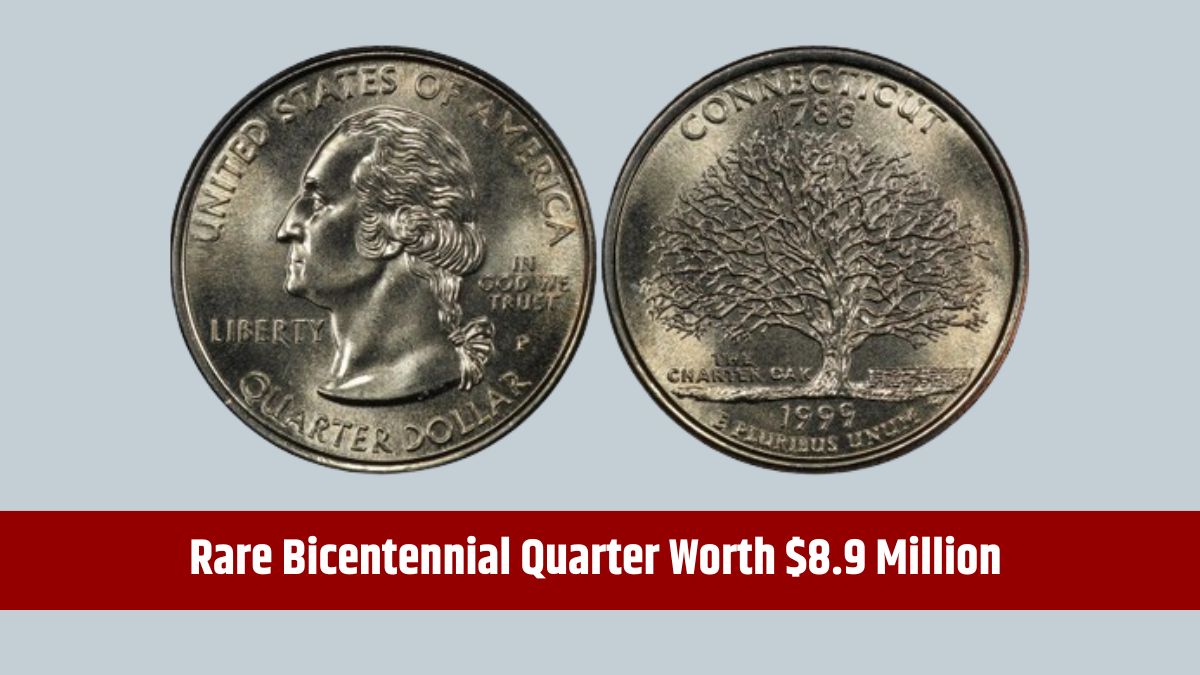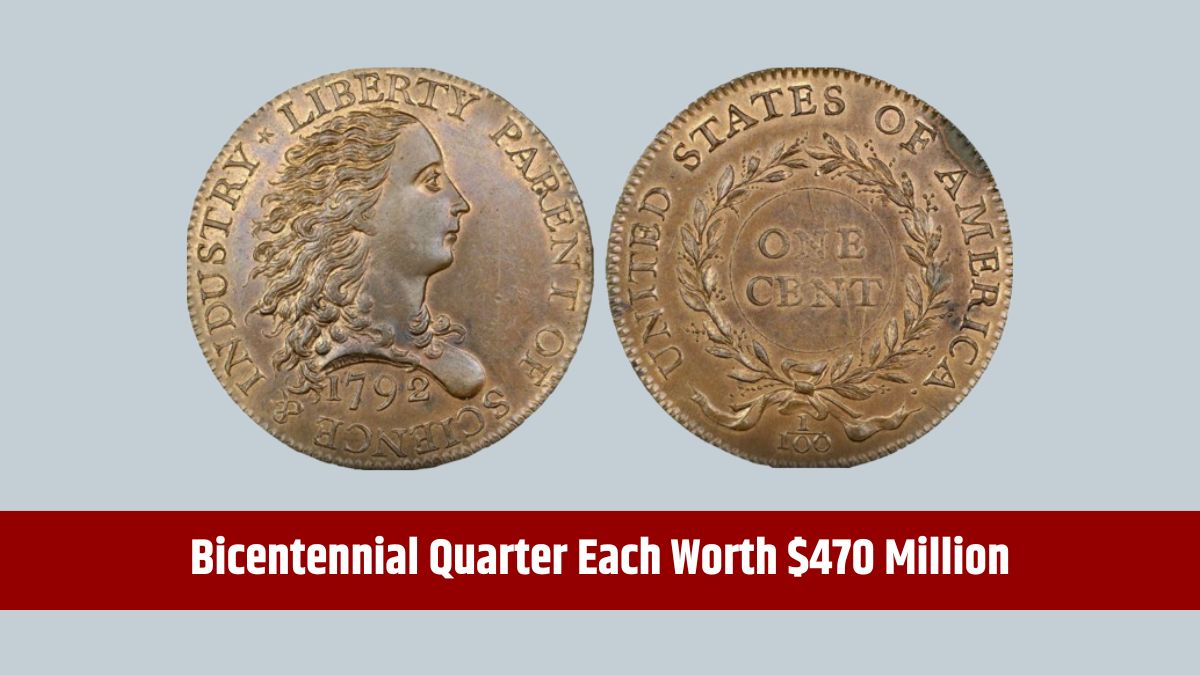As 2025 approaches, the IRS has announced key updates to tax rules, including higher standard deductions to offset inflation. Though the increases aren’t as significant as in prior years, they offer a small financial reprieve for taxpayers.
With these updates, the IRS also adjusted federal income tax brackets to reflect inflation, ensuring that income thresholds align better with the cost of living. Here’s a comprehensive look at what these changes mean and how they’ll affect taxpayers in 2025.
Deductions
For 2025, the IRS has increased standard deduction amounts to provide taxpayers with a slightly higher untaxed income base. Here’s the breakdown:
- Single filers and married individuals filing separately: The standard deduction rises to $15,000, a $400 increase.
- Married couples filing jointly: The deduction goes up to $30,000, an $800 increase.
- Heads of household: The deduction increases by $600, reaching $22,500.
These adjustments can ease the tax burden for many taxpayers by reducing taxable income. The standard deduction eliminates the need for itemized deductions for many, simplifying the tax filing process.
Brackets
The IRS has also revised income thresholds for the seven federal tax brackets, adjusting them to align with inflation. Importantly, while the income thresholds for each bracket have shifted, the tax rates themselves remain unchanged. Here are the new income ranges for each bracket in 2025:
| Tax Rate | Single Filer Income | Married Joint Filers Income |
|---|---|---|
| 10% | Up to $11,925 | Up to $23,850 |
| 12% | Over $11,925 | Over $23,850 |
| 22% | Over $48,475 | Over $96,950 |
| 24% | Over $103,350 | Over $206,700 |
| 32% | Over $197,300 | Over $394,600 |
| 35% | Over $250,525 | Over $501,050 |
| 37% | Over $626,350 | Over $751,600 |
The adjusted thresholds mean that taxpayers may pay slightly less in taxes, as higher portions of income can remain in lower tax brackets, effectively minimizing their tax liabilities. This progressive tax structure means that only income within each threshold is taxed at that rate, a system designed to ensure fairness.
Tax
The progressive tax structure is often misunderstood, with many believing that earning more will subject all income to the highest applicable tax rate. However, only the income that exceeds each threshold is taxed at the respective rate. Here’s how it works:
If someone earns $58,000 as a single filer, their tax liability would be calculated as follows:
- The first $11,925 is taxed at 10%.
- Income from $11,925 to $48,475 is taxed at 12%.
- Income over $48,475 up to their total of $58,000 is taxed at 22%.
This approach prevents taxpayers from paying the highest rate on all income, allowing for a fairer distribution based on earnings.
IRS Adjustments
In addition to income tax brackets, the IRS made adjustments to other key tax provisions. Here’s a summary of some notable changes:
- Long-term Capital Gains Tax Brackets: The income thresholds for long-term capital gains, which are taxed at a lower rate than ordinary income, have been adjusted for inflation. This affects individuals with investments held for over a year, impacting their overall tax strategy.
- Estate and Gift Tax Exemption: The IRS has increased the amount that individuals can pass on tax-free to heirs through estate and gift taxes. This exemption adjustment can impact estate planning strategies, allowing higher tax-free transfers.
- Child Tax Credit Eligibility: The IRS has made adjustments to eligibility requirements for the child tax credit, which could impact families with dependents. Checking the updated qualifications can help taxpayers determine whether they’re eligible to claim this valuable credit.
Planning
With these updates, taxpayers can begin preparing their finances for the upcoming tax year. Checking income levels against new thresholds, reviewing eligibility for available deductions and credits, and knowing how the progressive tax system applies can help taxpayers optimize their returns. Additionally, consulting a tax professional can ensure that taxpayers stay updated on these changes and make the most of any applicable benefits.
These IRS adjustments reflect the broader effort to keep tax obligations in line with inflation, which is essential for providing fairer outcomes as costs of living continue to shift. By knowing and planning around these changes, taxpayers can maximize their financial strategy in 2025.
FAQs
What is the 2025 standard deduction for single filers?
The 2025 standard deduction is $15,000 for single filers.
How have tax brackets changed for 2025?
The IRS increased income thresholds across all brackets by about 2.75%.
Are tax rates the same in 2025?
Yes, tax rates are unchanged, but income thresholds have been adjusted.
What is the child tax credit for 2025?
The child tax credit requirements have been adjusted; check IRS updates for details.
How does a progressive tax system work?
Only income within each bracket is taxed at that rate, not your total income.






